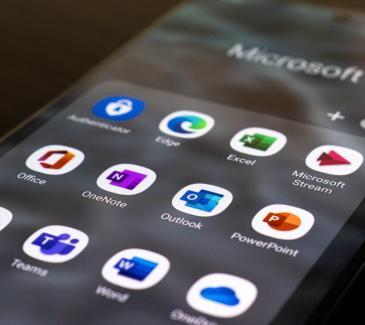Which cyberthreats are Microsoft 365 users most at risk of?
Over the last few years, Microsoft 365 has significantly enhanced its native security capabilities. Today, it offers a solid foundation of protection from advanced attacks, making it a popular choice for organizations. However, security threats are advancing rapidly, and Microsoft 365 still has some points of weakness that are leaving users vulnerable. Cybersecurity experts' views on email risk within Microsoft 365 is our most recent report identifying the security risks its users face.











